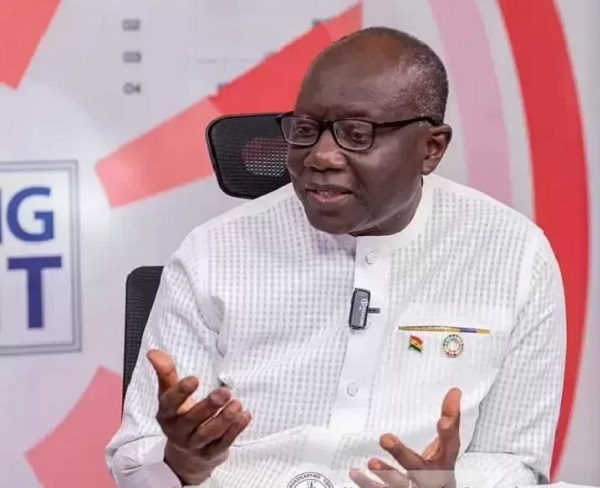THE government’s decision to suspend all external debt servicing while it engages its international partners for debt restructuring has so far led to temporary savings of US$2 billion between January 2023 to September.
This has served as a major boost to the country’s balance of payment position, as the current account recorded a surplus of US$859.1 million by September this year, compared to a deficit of US$2.5 billion the same period last year.
It has also helped in stabilising the local currency which has seen a cumulative depreciation of just 2.5 per cent between February and September 2023.
In a keynote address which was delivered on his behalf at the opening session of the IMF-WAIFEM regional course on monetary policy, the Governor of the Bank of Ghana, Dr Ernest Addison, said the sharp improvement in the current account was a reflection of a significant reduction in external debt service payments on the Eurobond, bilateral and some commercial loans,
Government in December 2022 announced a suspension on its debt servicing obligations to commercial creditors and Eurobond holders as it seeks to restructure debts of $14 billion.
The government is also still engaging the bilateral Official Creditor Committee co-chaired by China and France, with an MoU expected to be signed soon to restructure debts of about $5.4 billion.
In all, the government expects to make savings of US$10.5 billion from this exercise as it seeks to bring its debt levels to 55 per cent of GDP.
Rule based monetary policy framework
Commenting on monetary policy, Dr Addison urged monetary policy authorities to resort to some rule-based policy frameworks instead of applying discretion that is susceptible to the problem of time inconsistency and inflation bias.
To this end, he said the Taylor rule was the best known formula that prescribes how policy makers should set and adjust the short-term policy rate in response to the values of a few economic variables.
“The rule prescribes a level for the policy rate that is consistent with the deviation of inflation from the central bank’s medium-term inflation target as well as responding to the percentage difference between the current value of gross domestic product (GDP) and potential GDP.
“It has been espoused that such a policy rule could potentially enhance the effectiveness of monetary policy by helping guide households and businesses’ expectations of future economic and financial conditions as well as expectations that influence consumer spending and business investment,” he stated.
History of monetary policy
Also speaking at the event, the Director General of the West African Institute for Financial and Economic Management (WAIFEM), Dr Baba Y. Musa, said the history of monetary policy had been shaped by a constant influence between monetary theory and practice, with close mutual reinforcement.
He said in recent times, the overarching objective of monetary policy had been that of long-term price stability, a key feature that finds expression in the monetary policy frameworks of all major central banks.
He noted that the policy instruments as well as the frameworks employed by various central banks to address the core objectives of monetary policy differed from country to country due to varying country-specific conditions and economic peculiarities as well as the degree of financial development and integration.
Dr Musa added that in the implementation of monetary policy, various monetary anchors, ranging from money growth targets, exchange rate targeting and inflation targeting have been adopted.
“The choice of a particular anchor has been influenced by evolving global macro-economic conditions and the need to balance the price and output stability,” he stated.

